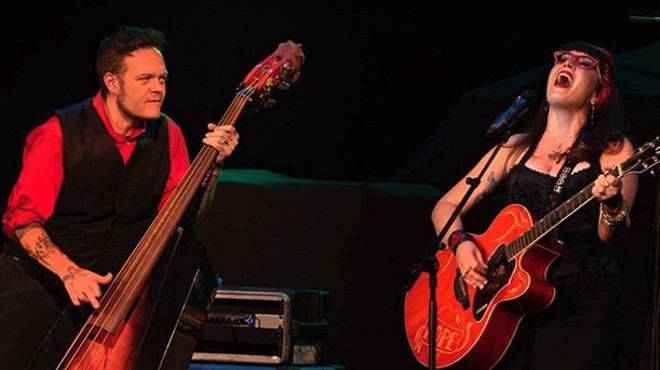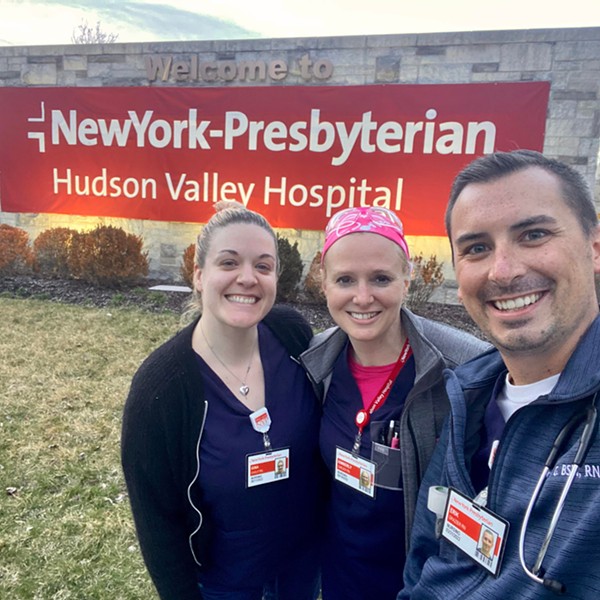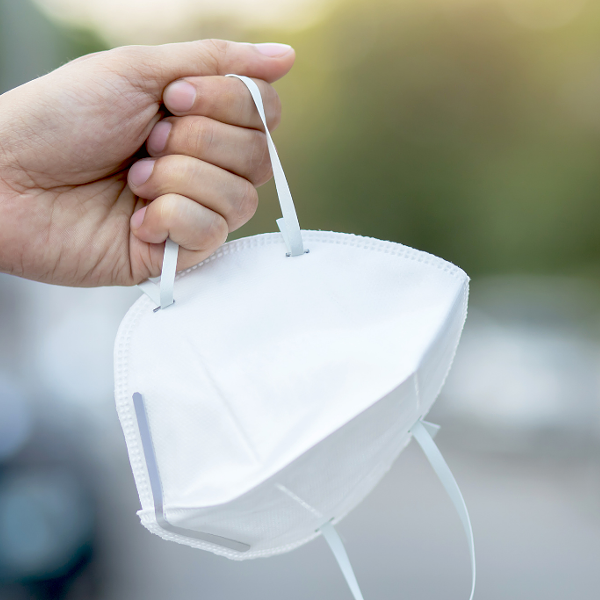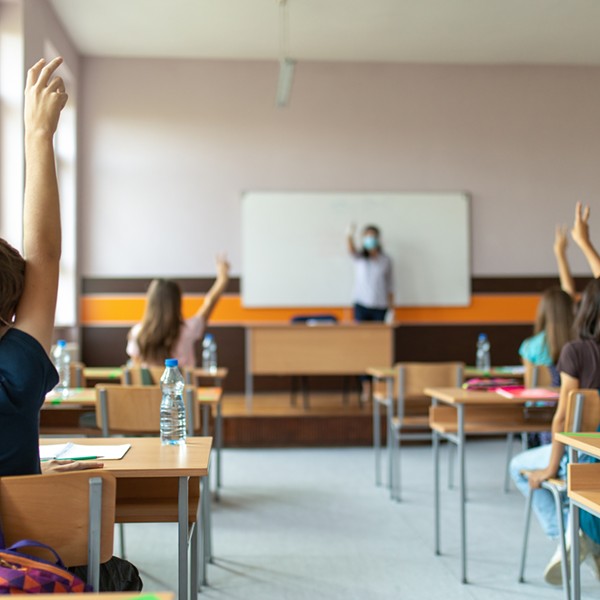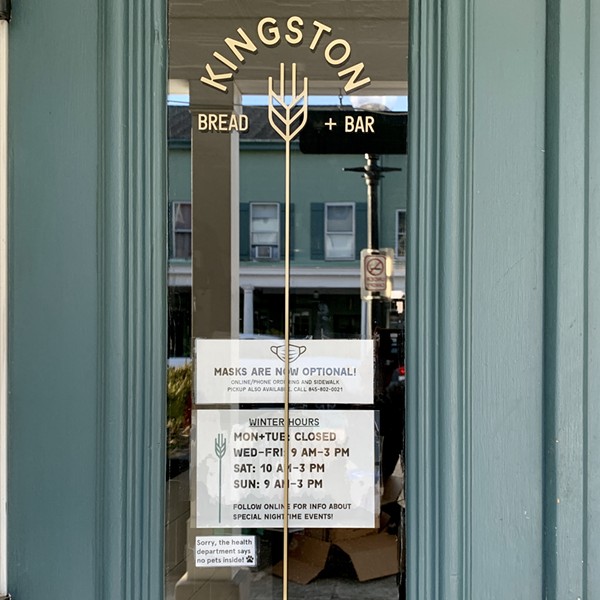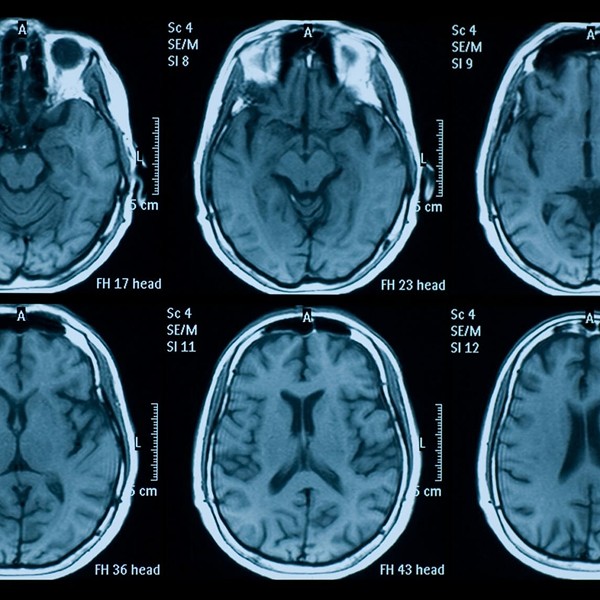This is a roundup of coronavirus news and announcements from New York State and Hudson Valley and Catskills counties covering Tuesday, July 14 and Wednesday, July 15.
NEW YORK STATE
404,006 cases confirmed (831 new)
4,848,525 tests performed (63,598 new)
Positive test rate: 1.3%
25,003 deaths (9 new)
831 current hospitalizations
165 current ICU admissions
New York State coronavirus page
New York State official pressroom
Hotline: (888) 364-3065
The Fourth is with us: Infection spikes occurred over the Fourth of July weekend in several New York State counties, but because of lags between infection, patients seeking testing, and positive results coming back, we’re only just now hearing about them. Albany County reported its biggest spike since May with 44 new cases found on Tuesday, many of them tied to Fourth of July parties.
Across the Capital Region, the test positivity rate was 2.1 percent on Tuesday, the highest in the state; New York City was 1.3 percent. Overnight, the Capital Region seized the dubious honor of highest rate in New York from Long Island, which on Monday was in the lead with a two percent positive rate. Cases in Suffolk County that were discovered on Tuesday and Wednesday have also been traced to Fourth of July weekend events.
The Trump administration has ordered hospitals to stop sending data directly to the federal Centers for Disease Control and Prevention (CDC), and directed them to send it to the Department of Health and Human Services instead. Daily reports on metrics such as patient hospitalizations, hospital capacity, and remdesivir availability will now be removed from the CDC oversight and reported more directly to the White House, a move that has shocked some CDC officials and public health experts. “Centralizing control of all data under the umbrella of an inherently political apparatus is dangerous and breeds distrust,” said Nicole Lurie, a doctor who served as assistant secretary for preparedness and response in the Obama administration, to The New York Times. “It’s really hard not to see this as some kind of interference or snub [to] the CDC,” University of Arizona epidemiologist Saskia Popescu told NPR.
Bill Hammond, a prominent New York State health policy analyst at a conservative think tank called The Empire Center, released an analysis Wednesday comparing the current surge of pandemic cases in Florida to historical cases in New York. Hammond used data on COVID-19 deaths in both states to create a graph of “inferred cases” that estimates how many New Yorkers were truly infected at the late-March peak of the outbreak in the state: about eight times the number of official New York case counts at the time, Hammond writes, and far higher than the current known case count in Florida. We will never have a full count of how many cases there were in New York State in March, and Hammond admits that the inferred case graph is a rough estimate. There are a few obvious potential sources of error for the graph: If the fatality rate among infected people was truly higher in New York than it was in Florida—either because of hospital overcrowding in New York City causing more deaths, different populations of people being infected in the two states, or perhaps modest improvements in the effectiveness of medical treatment over the past few months—the true picture of New York’s early infections might look a little different. But it’s fair to assume that New York State missed counting many more cases early on than Florida is missing now, and Hammond’s analysis drives that point home in a powerful way.
The Associated Press has asked a bunch of medical experts what they think of the New York State Department of Health’s recent report on nursing homes, which concluded that a controversial state policy that sent infected patients into nursing homes was not to blame for outbreaks and deaths. The general consensus: Not good enough for the academy. Among several potential glaring sources of error in the report was a lack of any data on how many nursing home residents died in hospitals, a metric the state has not released any information on. “Would this get published in an academic journal? No,” said University of Texas epidemiologist Catherine Troisi.
The New York State legislature has set dates for public hearings on the state’s nursing home policy, and legislators from both parties want answers. Hearings will be held on August 3 and 10, and they are shaping up to be fierce. More than 6,000 nursing home residents have died from COVID-19 in New York State.
Some people are mad about Governor Andrew Cuomo’s folksy, outsider-art poster of COVID Mountain, which is available for $11.50 from Spectrum Designs and being promoted by the state website. It’s a little weird. It’s a lot self-congratulatory. And we’re not out of the woods here. “Victory laps are not the thing to be doing, not by a long shot,” CNN chief medical correspondent Sanjay Gupta told Jake Tapper on “The Lead” on Tuesday.
Several national retail and grocery chains announced mandatory mask policies on Wednesday, including the biggest of all: Walmart. Kohl’s and Kroger are among the other corporations now requiring customers to wear masks. Closer to home, Stewart’s is now denying admittance to anyone not wearing a face covering, per a state Department of Health regulation effective last week.
The Red Cross needs blood—and for a limited time, the organization is testing all donations for antibodies to COVID-19. A note for anyone considering getting an antibody test: Results may not be very useful to individuals, although they are a good tool for estimating how much of a population has been infected with SARS-CoV-2, and for doing other kinds of scientific study. In many areas, the rate of false positives from the test is close to the rate of people in the population who have been infected and are carrying antibodies, so if you get a positive result, it is hard to say whether it is a true positive. Also, it is still unknown whether people carrying antibodies to the novel coronavirus are immune to reinfection, although scientists have reason to hope that people who have had COVID-19 have some immunity.
The pandemic is causing some interesting shifts in the GOP primary in New York’s 19th Congressional district: Although deep-pocketed fashion designer Ola Hawatmeh held a narrow lead among the in-person ballots cast on June 23, an unprecedented avalanche of absentee ballots has turned the race decisively in favor of the more establishment candidate, lawyer Kyle Van De Water, who was endorsed by almost all of the Republican county committees in the district. Hawatmeh, undeterred by Van De Water’s 10,432-7,841 lead with eight of 11 counties reporting, is already denouncing the results as “election fraud.”
Announced by New York State on Tuesday and Wednesday:
- Governor Cuomo added four states to New York’s quarantine list on Tuesday: Minnesota, New Mexico, Ohio, and Wisconsin. Delaware was removed, bringing the total to 22 states.
- New York State is making a one-time rent subsidy available for low-income residents who were previously rent-burdened prior to March 1, 2020, and have lost income as a result of the pandemic. Detailed information and requirements are available on the State’s Rental Relief Program website. Eligible applicants are encouraged to apply quickly.
- The special enrollment period to sign up for health insurance on the New York marketplace has been extended another 30 days, through August 15.
- Cuomo announced expanded tax filing assistance for New Yorkers filing their personal income taxes on the day of the deadline, but the news release announcing that Tax Department representatives would be available via telephone till 7pm on Wednesday went out at 1:15pm on Wednesday. Unless you were glued to social media, you probably missed it.
- As promised in a Monday briefing, New York State is sending help to Atlanta. Cuomo announced in a news release Wednesday that the state is sending PPE, hand sanitizer, and test kits to the Georgia city at the request of Mayor Keisha Lance Bottoms.
LOWER HUDSON VALLEY
County coronavirus pages: Rockland, Westchester, Putnam
On Tuesday, the Putnam County Department of Health released a health warning stating that anyone who visited Salsa Fresca, a restaurant in Carmel, on July 7 between 7-8pm may have been exposed to the coronavirus. A member of the public who has tested positive for COVID-19 visited the restaurant at that time. Those experiencing symptoms are advised to contact their physician and schedule a COVID test.
In general, Putnam County is seeing a slight upward trend in confirmed cases this week. After hovering between 0-5 positive cases per day every day since the end of May, six people tested positive on Tuesday, 11 on Monday, and 13 between last Thursday and Friday, according to the state’s COVID tracker. The seven-day rolling average for Putnam County’s positive test rate increased from 0.8 percent on July 7 to 1.7 percent on July 14.
Westchester County Executive George Latimer released a plan to help the county Board of Elections navigate election day this November. The four-point plan calls for county employees to serve as additional polling place inspectors, replacement polling sites, additional temporary staff for absentee ballot counting, and early voting.
MID-HUDSON VALLEY
County coronavirus pages: Orange, Dutchess, Ulster, Columbia
In The River’s 11-county region, only one county reported an active case count on Wednesday that was lower than Monday’s count: Columbia County, where active cases dropped from 19 to 14. Case counts have increased or stayed level since Monday in Dutchess, Sullivan, Ulster, Delaware, and Greene counties. Orange and Rockland counties are not reporting active case counts at all, and Westchester, Putnam, and Schoharie counties are reporting results only weekly or sporadically.
Orange County saw a spike on Tuesday, with 28 new confirmed cases—a full three percent of all those tested that day. That is three times higher than Monday’s results, when nine people—one percent of those tested—received COVID-positive results.
Ulster County has also seen confirmed cases rise this week: 10 on Monday, and 16 on Tuesday, or 1.9 percent of those tested on each day, about twice the seven-day rolling average.
Cases are climbing in Dutchess County, as well: 38 positive tests on Monday (3.3 percent) and 19 on Tuesday (2.1 percent), after being in single digits for most of July.
Ulster County is launching an equity loan program for women and minority-owned businesses, along with businesses in low- and moderate-income census tracts, that have been impacted by the pandemic, Executive Pat Ryan announced Tuesday. $2 million in funds are available. The program is made possible by investments from the Ulster County Economic Development Alliance in partnership with the National Development Council. Businesses can apply at www.connect2capital.com/partners/new-york-forward-loan-fund and should choose NDC when they are matched with a lender.
Kingston will close some uptown streets to vehicle traffic this Saturday for the next date in its Outdoor Dining season. From 10am to 9pm, North Front Street will be closed from Fair Street to Crown Street, and Wall Street will be closed from John Street to North Front Street, according to a press release from the city.
Signs posted around Kinderhook in support of the victim of an alleged assault have been mysteriously disappearing. The assault allegedly occurred at the home of Alex Rosenstrach, owner of the ClubLife gym that gained local notoriety (and a cease-and-desist order) for operating in defiance of state pandemic guidelines, and his wife Kelly Rosenstrach, deputy sheriff of Columbia County. The case is a mess: the Columbia County County Sheriff’s Office remains the lead investigating agency, although Kelly Rosenstrach has been placed on leave. “I just want to know what is going on,” signmaker Misty Brew-Kusewich told the Register-Star; so do we, Misty.
Columbia Memorial Hospital in Hudson is easing its visitation restrictions, the Register-Star reports.
CATSKILLS
County coronavirus pages: Sullivan, Delaware, Greene, Schoharie
New York State announced four new COVID-19 cases for Greene County on Wednesday. There are now nine active cases in the county, according to the latest data from Greene County Public Health.
Delaware County announced a new positive COVID-19 case on Wednesday, the third found in the county in the past week. After a period of several weeks with zero known active cases, Delaware County is now following three people who have tested positive and are isolating at home.
Sullivan County at large may be facing a fiscal crisis, but the Town of Bethel is doing all right: The Sullivan County Democrat reports that town revenue is up 1.3 percent so far over 2019, and year-to-date expenses are eight percent lower. An interesting tidbit from the county’s finances: Although sales tax revenue is expected to plummet in 2020, Airbnb’s monthly payments of room tax revenue to the county have tripled over what they were last year.
Local nonprofit Schoharie Area Long Term (SALT) has hand sanitizer and masks to give out to local churches to assist in reopening. If your place of worship needs supplies, send an email to [email protected] or call the SALT office at (518) 295-7258.
In pandemic news, delay is an expected part of the process; there is typically a lag of at least a week or two between infection and getting a positive test result, and hospitalizations and deaths lag even farther behind. In rural areas like the Catskills, there’s another so-called “lagging indicator”: Most residents are getting their local news from weekly newspapers, if at all. That’s a gap we’re trying to help fill at The River by following news and case counts in rural counties—but in a situation where new state policy is handed down almost daily, and the latest information on cases, science, and risk is in constant flux, it’s worth bearing in mind that the most far-flung parts of upstate New York don’t have much access to pandemic news on a local level.
OF INTEREST?
The River has a guide on where, how, and when to get tested for the coronavirus in the Hudson Valley and Catskills. To read more of our coronavirus coverage, visit our coronavirus page.
The River is collaborating with WGXC to announce these updates over the air. To listen, tune in to 90.7 FM at midnight, 5am, 7am, or 9am, or visit the audio archive online.
La Voz, una revista de cultura y noticias del Valle de Hudson en español, está traduciendo estos resúmenes y co-publicandolos en su página web. Leyendo aqui. También puede escuchar actualizaciones diarias por audio en el show “La Voz con Mariel Fiori” en Radio Kingston.










